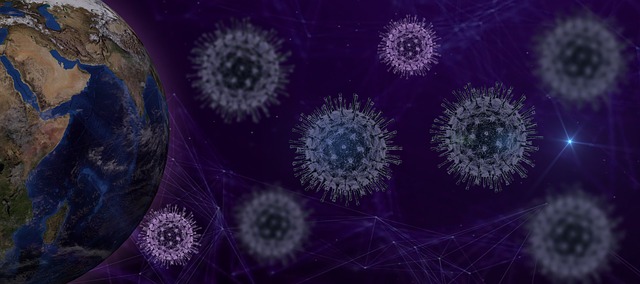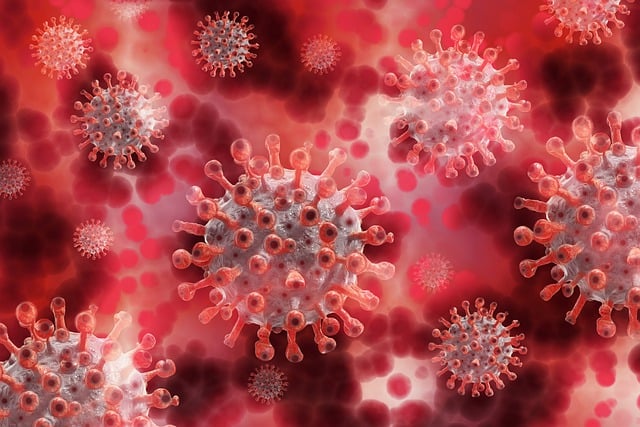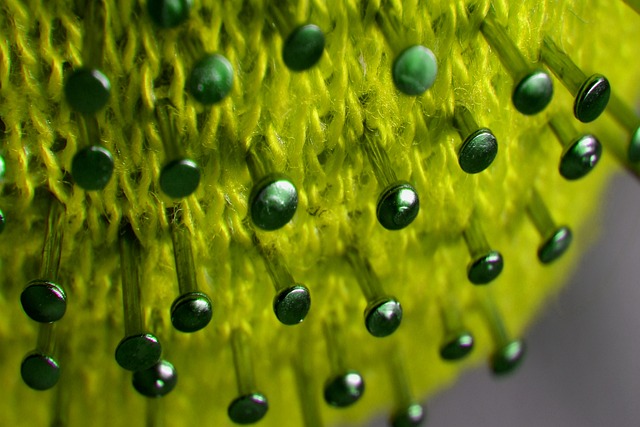Community-Acquired Pneumonia: Diagnosis, Treatment, and Infection Prevention
Overview of diagnostic methods, empiric treatment options, and infection prevention strategies for managing patients suspected of having community-acquired pneumonia, offering guidance to healthcare providers in clinical practice.
November 2020

Effectiveness of Surgical and Cotton Masks in Blocking SARS-CoV-2: Implications for Infection Control
Uncertainty persists regarding the effectiveness of face masks, including surgical and cotton masks, worn by COVID-19 patients in preventing environmental contamination and transmission of the virus, underscoring the need for further research and evidence-based recommendations in infection control practices.
November 2020

SARS-CoV-2 and Viral Sepsis: Exploring Disease Mechanisms
The concept of viral sepsis is proposed as a crucial disease mechanism in COVID-19, suggesting systemic viral dissemination and immune dysregulation as key drivers of disease pathogenesis, warranting further investigation and therapeutic interventions targeting sepsis-related pathways.
November 2020

Inflammatory Bowel Disease during the COVID-19 Pandemic: Challenges and Considerations
Patients with inflammatory bowel disease (IBD) face unique concerns regarding their risk of COVID-19 infection and the management of immunosuppressive therapies, necessitating close monitoring and individualized treatment strategies to optimize outcomes in this vulnerable population.
November 2020

Presymptomatic Transmission of SARS-CoV-2: Implications for Public Health Measures
Highlighting the importance of social distancing measures, including avoidance of crowded environments, in mitigating presymptomatic transmission of SARS-CoV-2, public health authorities must emphasize proactive prevention strategies to curb the spread of the virus during the COVID-19 pandemic.
October 2020

COVID-19 Transmission through the Ocular Surface: Implications for Infection Control
Infectious droplets and body fluids can contaminate the human conjunctival epithelium, highlighting the potential role of the ocular surface in SARS-CoV-2 transmission and the importance of infection control measures targeting ocular secretions.
October 2020

Guidance on Social Distancing and Protecting Vulnerable Populations During the COVID-19 Pandemic
Comprehensive guidance on implementing social distancing measures to reduce interpersonal interactions and curb the transmission of COVID-19, with a focus on protecting vulnerable populations from the virus.
October 2020

Urinary Tract Infections in Postmenopausal Women: Insights from Research
Study findings shed light on the factors contributing to the high recurrence rate of urinary tract infections (UTIs) in postmenopausal women, providing valuable insights for optimizing prevention and management strategies in this population.
January 2020















